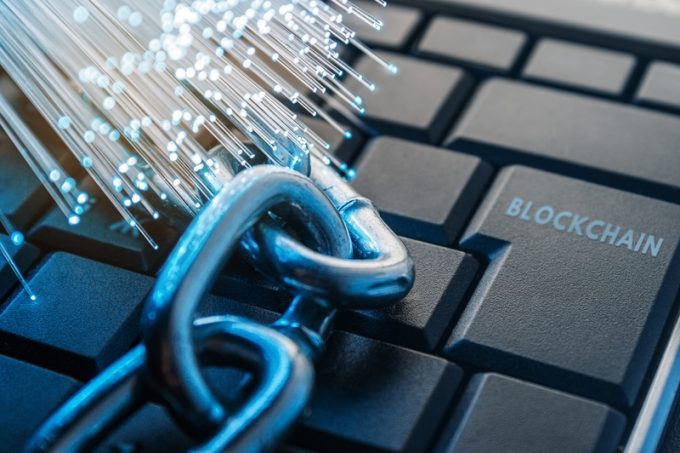Europe's logistics operators tighten security after alert by UK counter-terror services
Details are emerging of an investigation by counter-terrorism police into a fire at a DHL ...
GM: RAISING THE ROOF GGM: IN FULL THROTTLE GZIM: MAERSK BOOST KNIN: READ-ACROSSMAERSK: NOT ENOUGHMAERSK: GUIDANCE UPGRADEZIM: ROLLERCOASTERCAT: HEAVY DUTYMAERSK: CATCHING UP PG: DESTOCKING PATTERNSPG: HEALTH CHECKWTC: THE FALLGXO: DEFENSIVE FWRD: RALLYING ON TAKEOVER TALKODFL: STEADY YIELDVW: NEW MODEL NEEDEDWTC: TAKING PROFIT
GM: RAISING THE ROOF GGM: IN FULL THROTTLE GZIM: MAERSK BOOST KNIN: READ-ACROSSMAERSK: NOT ENOUGHMAERSK: GUIDANCE UPGRADEZIM: ROLLERCOASTERCAT: HEAVY DUTYMAERSK: CATCHING UP PG: DESTOCKING PATTERNSPG: HEALTH CHECKWTC: THE FALLGXO: DEFENSIVE FWRD: RALLYING ON TAKEOVER TALKODFL: STEADY YIELDVW: NEW MODEL NEEDEDWTC: TAKING PROFIT

Lives could be saved each year by using blockchain technology to prevent the spread of counterfeit drugs and fake medication in the supply chain.
According to Interpol, around one million people die each year globally because of counterfeit drugs – some 30% of pharmaceutical products sold in emerging markets are thought to be fakes.
With Accenture, DHL has been working on a blockchain-based track-and-trace serialisation project, which assigns a “unique” identity to each sealable unit to verify a shipment’s legitimacy.
DHL chief development officer Keith Turner said both parties had been pleased with results shown during the prototype’s testing.
“We see especially exciting potential for blockchain in pharmaceuticals, which is why we focused our proof of concept with Accenture on the life sciences and healthcare industry,” said Mr Turner.
“By utilising the inherent irrefutability within blockchain technologies, we can make great strides in highlighting tampering, reducing the risk of counterfeits and actually saving lives.”
Assigning a unique identity – usually in the form of a serial number – to each sealable unit, allows critical information about the product’s origin, batch number and expiration date to be linked to it.
Accenture’s Blockchain in Logistics report says this effectively enables a unit to be tracked at virtually and traced to its location during any stage of its lifecycle.
“Our proof of concept demonstrated the opportunities blockchain presents in the fight against counterfeit pharmaceutical goods,” said Mr Turner. “Together with our partners, we are actively refining the solution as well as working with key industry stakeholders to operationalise the concept.”
The report says the key serialisation challenges will be maintaining traceability and transparency when units are repackaged or aggregated and then disaggregated back down to unit level for consumption.
But it adds proof-of-concept was established, demonstrating the effectiveness of blockchain technology in product verification.
“The aim is to show pharmaceutical products have come from legitimate manufacturers, are not counterfeit and have been correctly handled throughout [their entire] journey,” it adds.
“Most importantly, this initiative proves how end-customers can verify the legitimacy and integrity of pharmaceutical products, especially compliance with handling requirements.”
Comment on this article